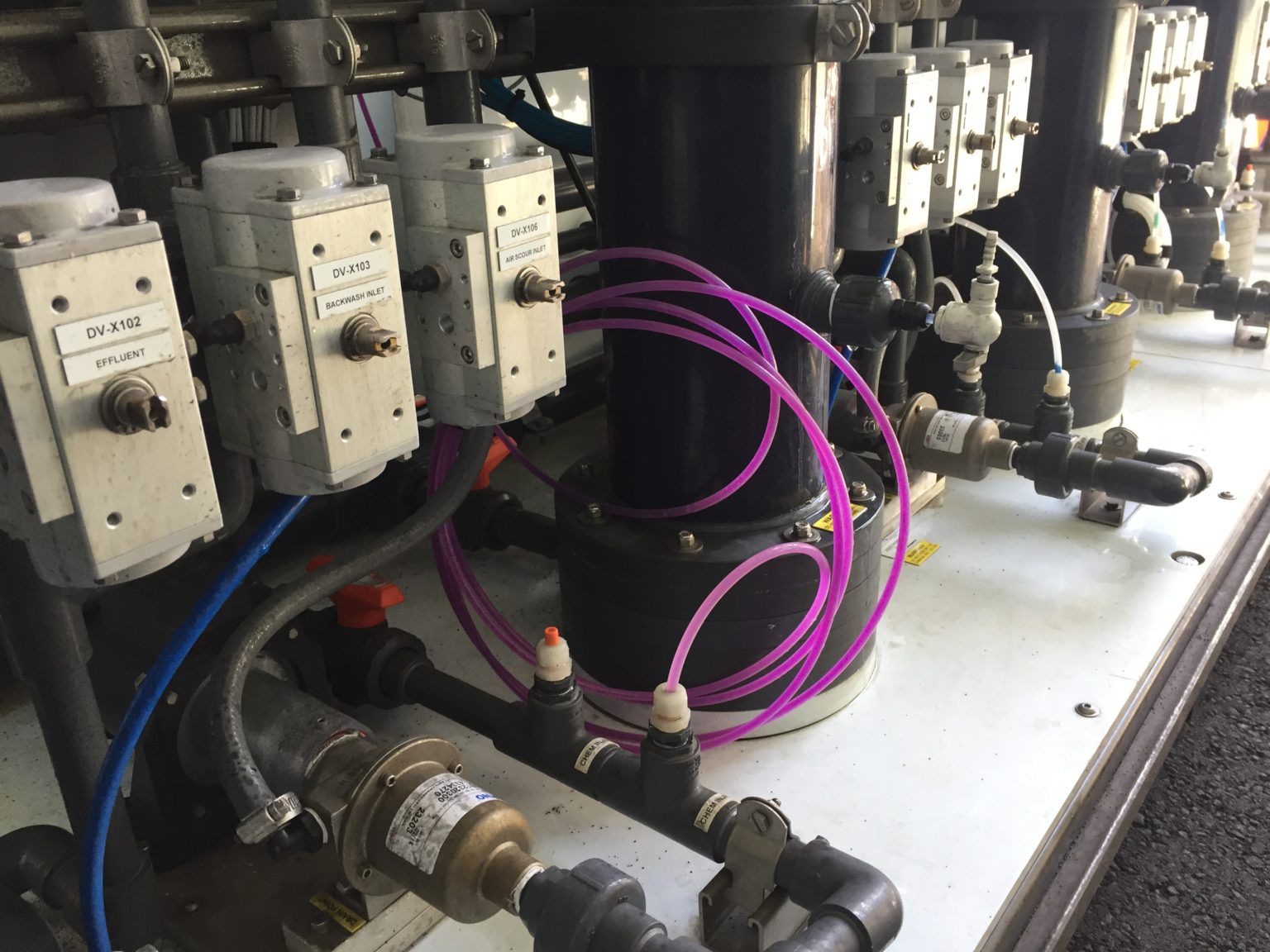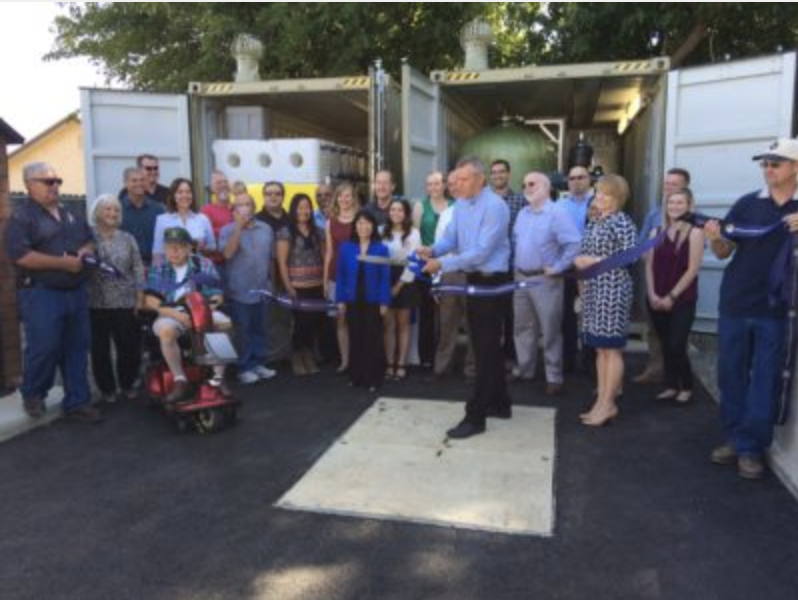
Water Quality and Treatment
Our engineers and scientist want to help you find a solution to your water quality and treatment challeges. Contact us today!
We Specialize in Developing Solutions to Uncommon Water Quality & Treatment Challenges

Distribution System Water Quality Optimization
Helping clients with all aspects of distribution system water quality.

Applied Research
and Pilot Testing
We specialize in bench scale
and pilot scale testing

Monitoring and Response Planning
“The information and consultation provided to the District by Corona provide ongoing and clear data from which we are able to manage PFAS effectively.”
Andy Tuchscherer
Operations Manager at Sammamish Plateau Water, WA

Golden State Water Company, CA: Corrosion Control Evaluation
Golden State Water Company (GSWC) operates 37 water systems throughout California. All systems have complied with the Lead and Copper Rule (LCR) since the rule was promulgated in 1991. Even though GSWC’s systems have been in compliance, the company took the proactive step to evaluate the potential for enhanced corrosion control to improve water quality to customers and reduce leaks and failures.
California Water Service, CA: Hexavalent Chromium Treatment Implementation

Sammamish Plateau Water Supply District, WA: PFC Response Plan and Support
Corona developed a monitoring and response plan that presented Sammamish Plateau Water (District) with the following:
- a plan for monitoring groundwater quality and pumping rates that impact the migration of per- and polyfluoroalkyl substances (PFAS) in the Lower Issaquah Valley,
- recommended water quality levels at which the District should move forward with design and implementation of a response alternative, and
- an assessment of non-treatment and treatment response alternatives.
The plan contained recommended actions the District should take to reduce the likelihood of any future increases in PFAS concentrations as well as options for response actions and trigger levels the District should use to protect water quality provided to customers if increases in PFAS concentrations do occur. Response options included non-treatment and treatment alternatives. Descriptions of the non-treatment options available to the District, including pumping scenarios to maximize the production from Well 9 and limit Well 7 and 8 production and the purchase of additional regional water, were provided. Treatment options for the District were compared between ion exchange (IX) and granular activated carbon (GAC). Ultimately, GAC was selected if a treatment response is pursued by the District. Cost assessments were provided for non-treatment and treatment alternatives.
